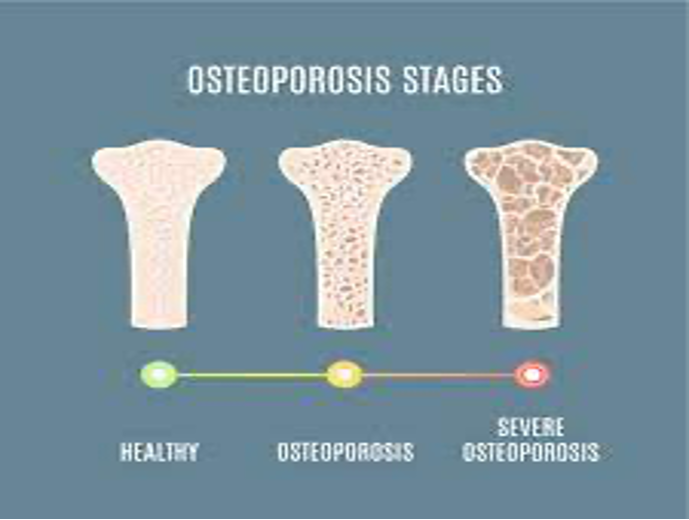
Osteoporosis
By Erin Brighenti
16/02/2025
Osteoporosis – The new epidemic of the 21st Century.
As if we haven’t had enough thrown at us in the few years. With the pandemic, La Nina, local floods from last year. What will be the next epidemic to hit our local community?
Osteoporosis is a chronic disease where the density and quality of our bones slowly decreases, resulting is reduced bone strength. As the disease progresses and the bones become weaker, there is a greater risk of fracture. In Australia, 1.2 million people have been diagnosed with osteoporosis. 1 in 3 women and 1 in 5 men over the age of 50 years will experience a low bone density fracture. Reduced oestrogen (especially in menopausal women) is a big risk factor for Osteoporosis.

Fortunately, there is good evidence that osteoporosis can be managed effectively through exercise.
1) Exercise helps prevent and stabilise bone loss and, for some individuals, increase bone density.
2) By improving balance and muscle strength, exercise decreases the risk of falls. If you don’t fall, your chance of fracture is extremely low.
To be effective in treating osteoporosis, exercise needs to increase our bone’s capacity for load. These three essential components must be included:
- Heavy weight training
- Impact based exercises
- Balance exercises
Guidance under a Physiotherapist or Exercise Physiologist is essential as exercise prescription must be individualised to be effective. Common pathologies such as osteoarthritis, menopause and pelvic floor dysfunction need to be considered when prescribing exercise programs for osteoporosis.
If you have been recently diagnosed with osteopenia, osteoporosis or want to prevent this disease, book in with us today. We can get you on your way to stronger and healthier bones.
To make a booking, book online here or give our friendly team a call on (02) 4268 4884.
 Instagram
Instagram Social | News
Social | News




